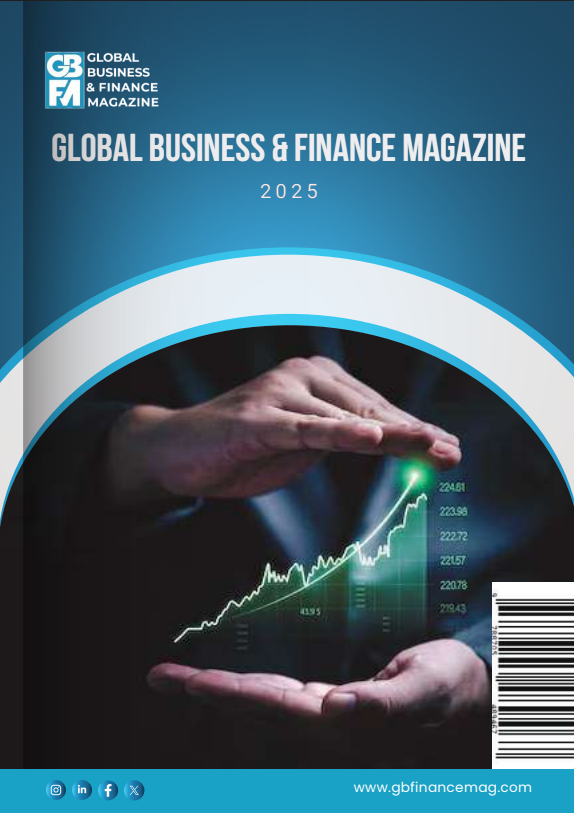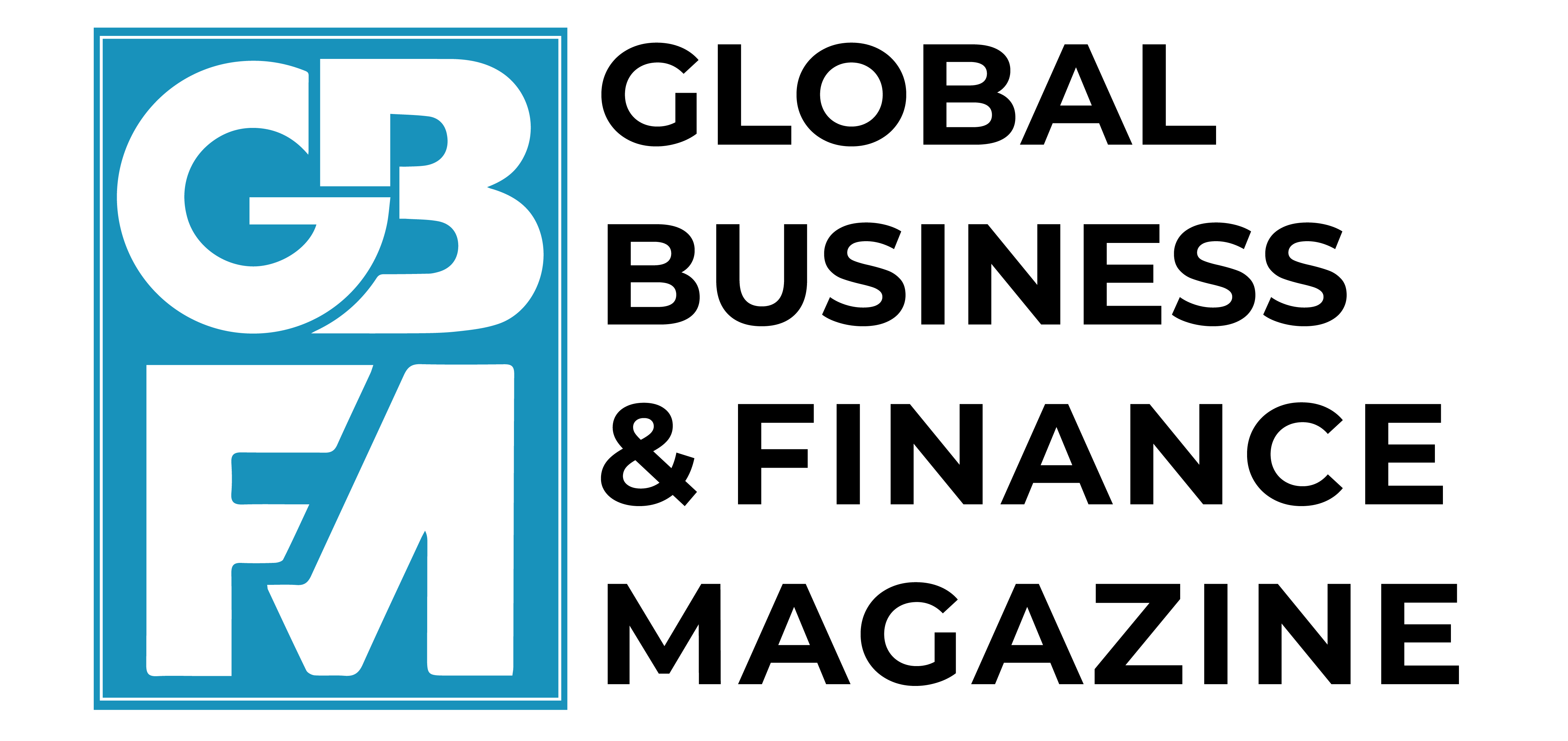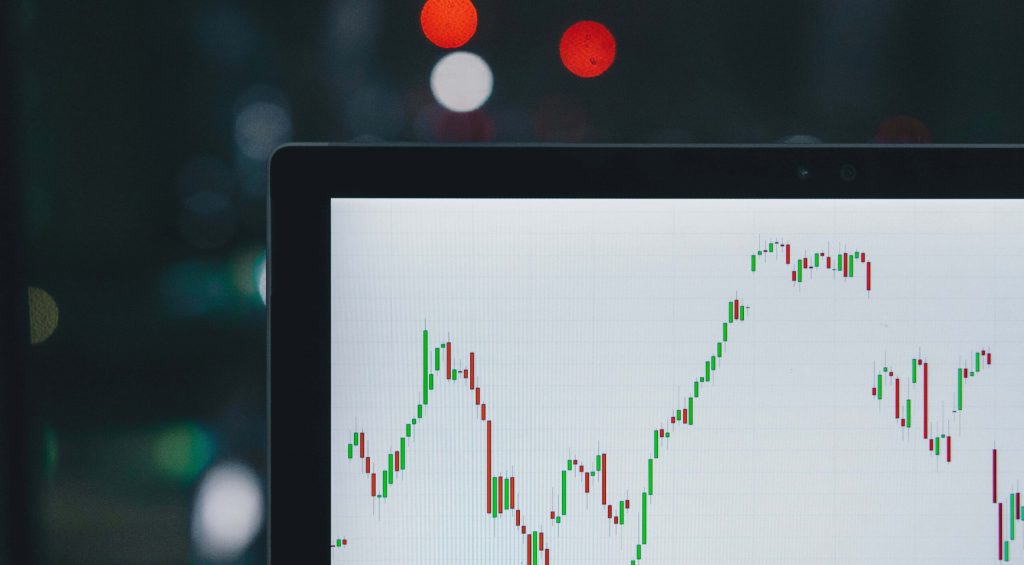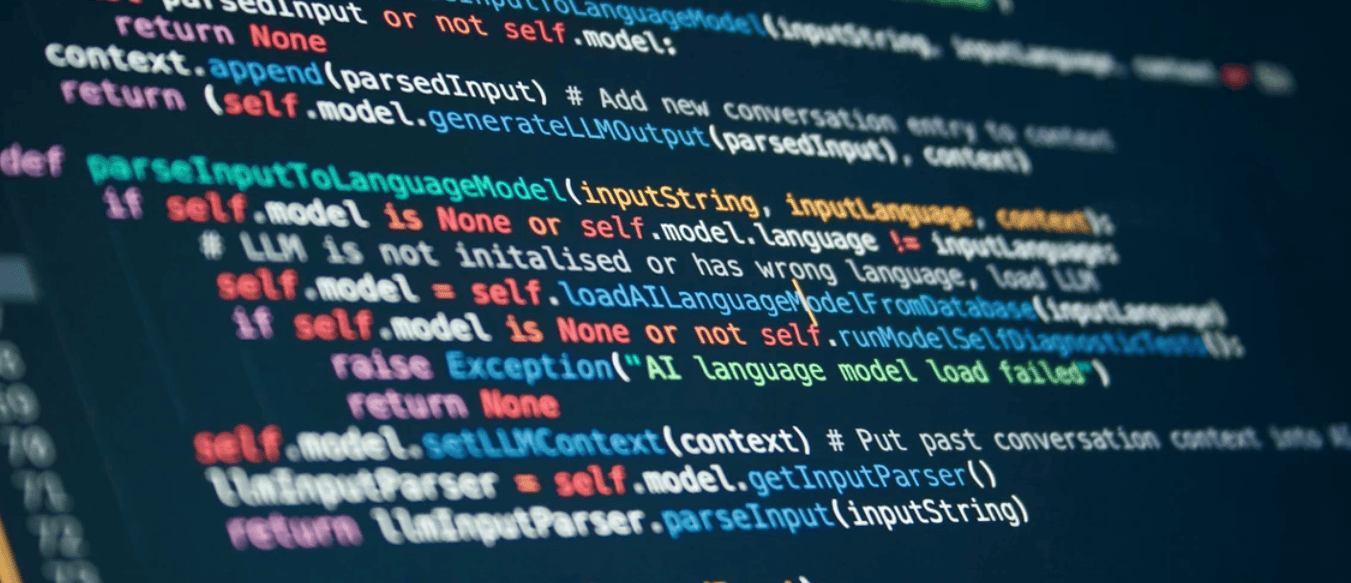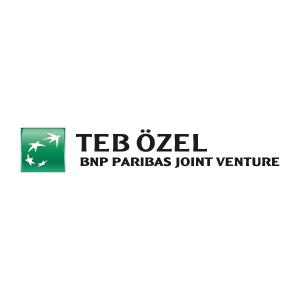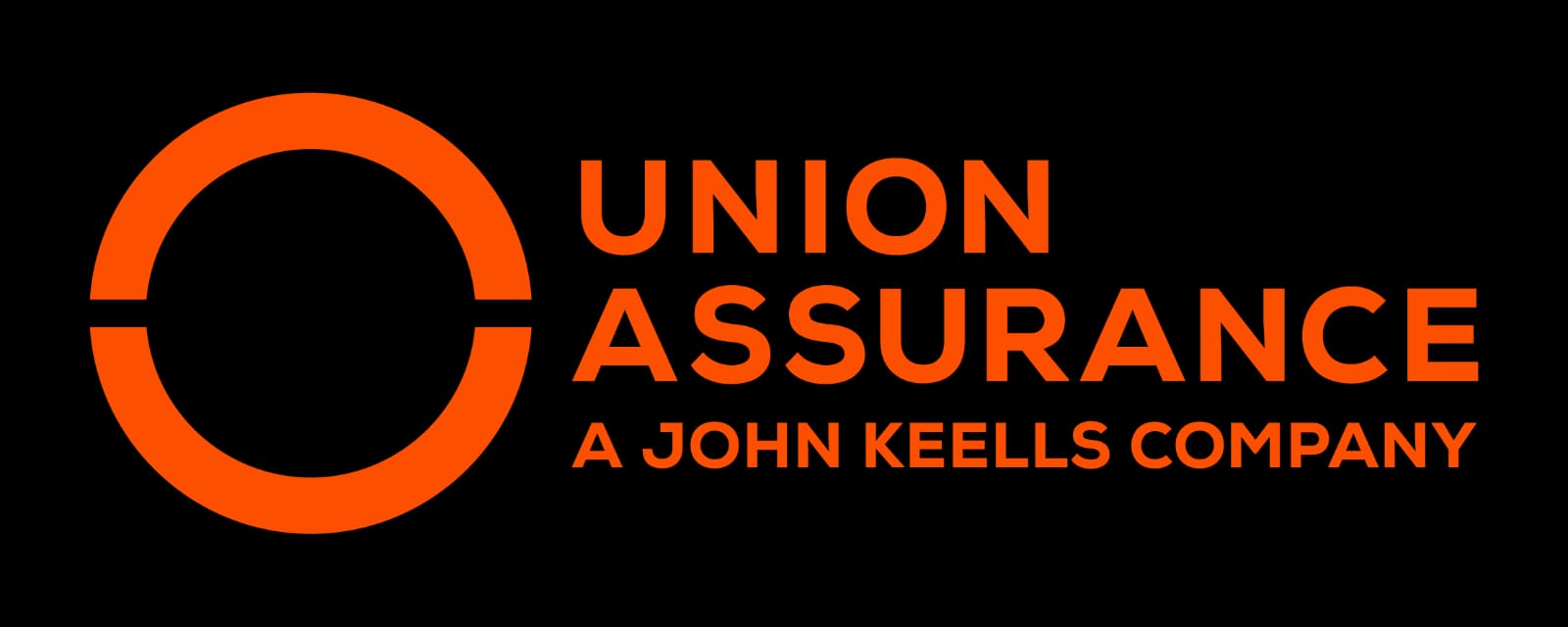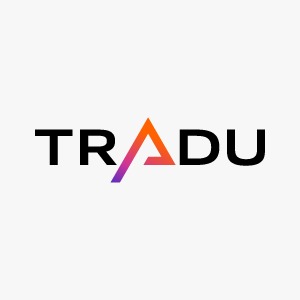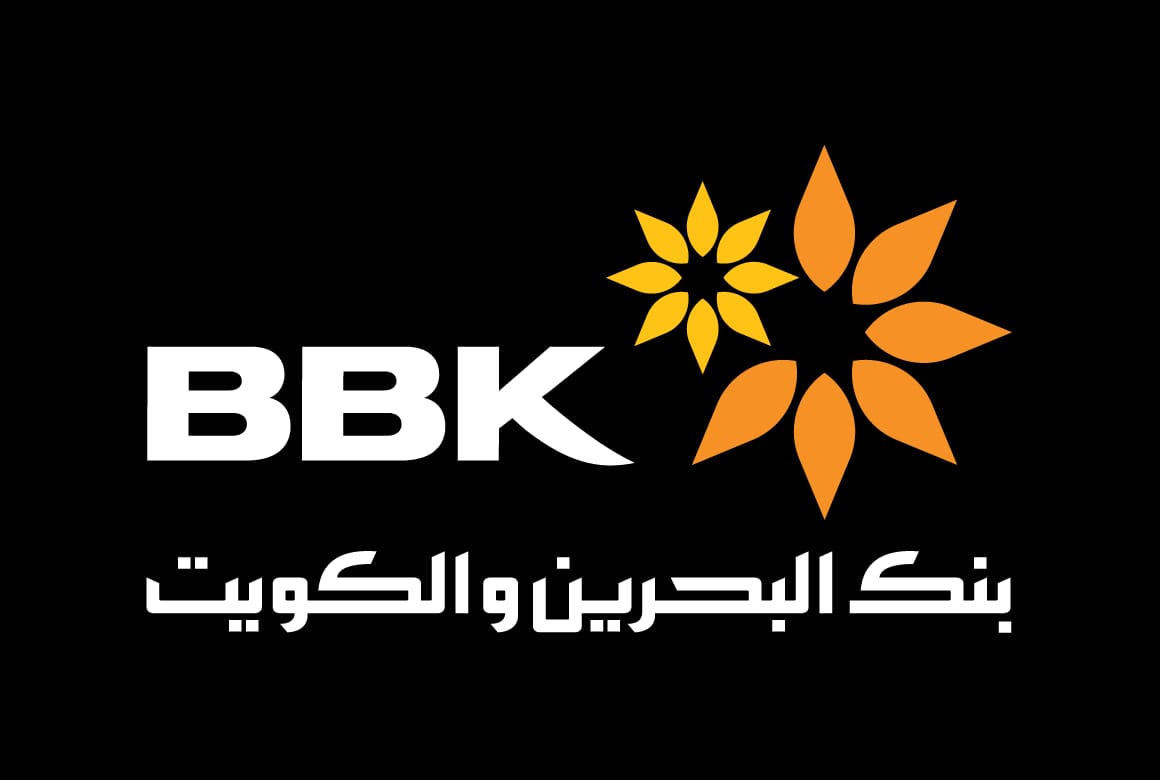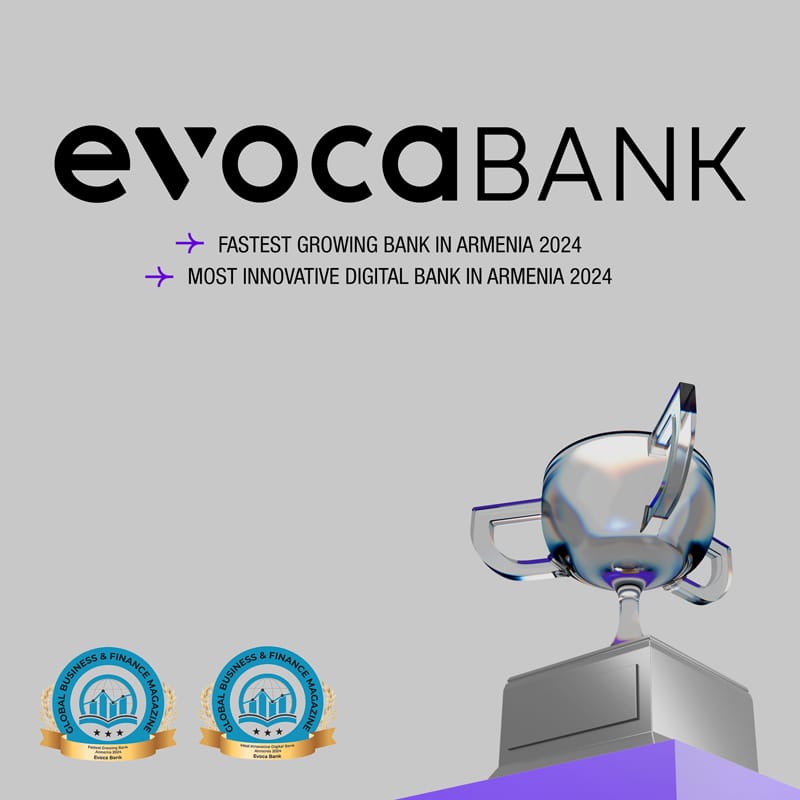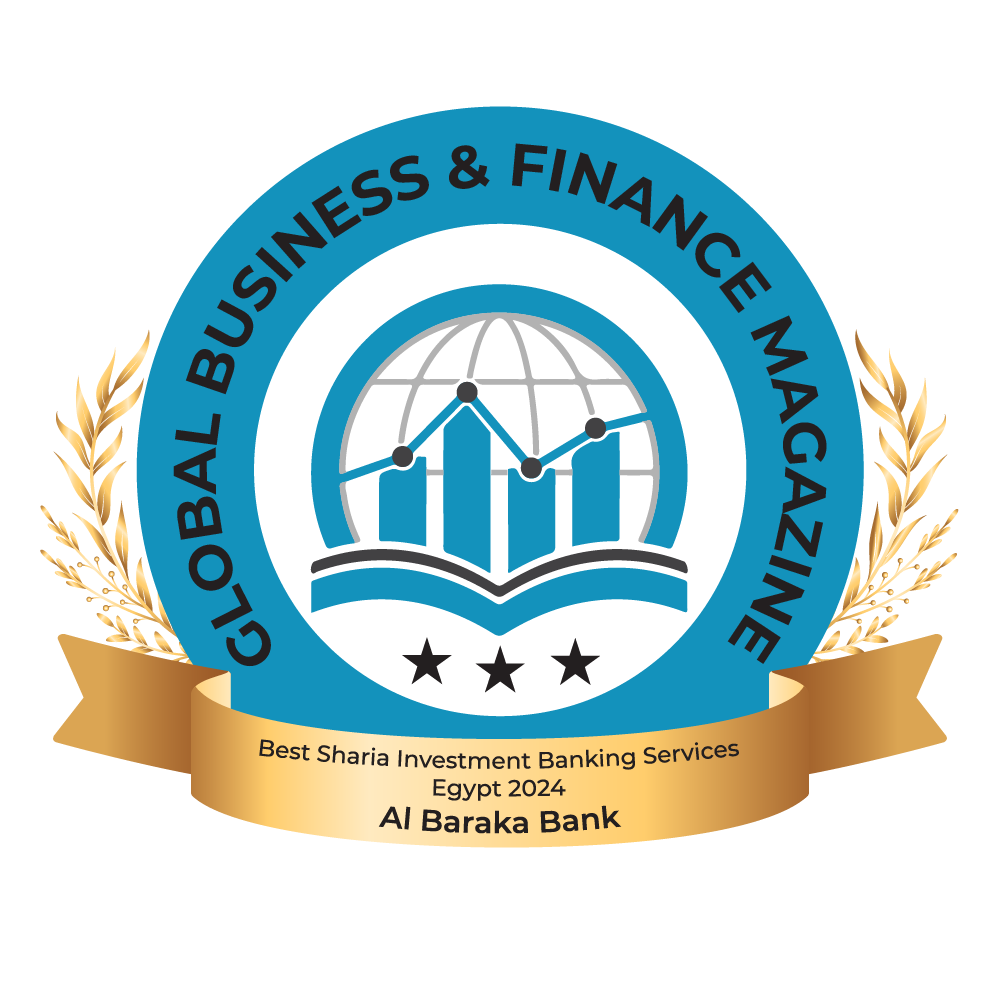When it comes to improving economic outcomes for women and women’s empowerment, effective action requires reliable data. Yet, data capturing the full scope of women’s lives is often scarce, making it hard to identify what holds women—and entire economies and societies—back. Without solid evidence, the path to women enjoying the same opportunities as men is harder to achieve.
The UNDP’s human development indices and the World Bank’s Women, Business and the Law (WBL) Index help address this challenge. They highlight how women’s capabilities to make choices in life have been limited and reveal how laws and policies impact women’s opportunities and economic outcomes. Together, these indices reveal the connection between legal frameworks and women’s capabilities and opportunities and inform reforms that expand women’s empowerment and human potential. When women thrive, so do economies and societies, and good data helps make that possible.
UNDP’s indices and World Bank’s WBL index
The UNDP has tracked disparities for years, creating indices like the Gender Development Index (GDI), Gender Inequality Index (GII), and Gender Social Norms Index (GSNI). The latest are the twin gender indices – the Global Gender Parity Index (GGPI) and the Women’s Empowerment Index (WEI). The WEI measures women’s ability to make choices and seize opportunities across five key areas: health, education, inclusion, decision-making, and freedom from violence.
The World Bank’s Women, Business, and the Law (WBL) Index assesses how well women’s rights are protected in 190 economies. The WBL Index scores countries across eight categories, evaluating legal frameworks both de jure (in law) and de facto (in practice).
Both the WBL Index and the WEI track women’s empowerment. The WBL does so by examining laws that may influence women’s economic livelihood, while the WEI focuses on empowerment outcomes across key dimensions of women’s human development. Taken together, the two indices offer a clearer picture of how certain legal environments may influence women’s empowerment in practice.
Examining the WEI and WBL index
Despite measuring different dimensions of women’s empowerment, the WEI and WBL index tend to move in tandem (Figure 1). This alignment suggests that stronger legal frameworks often promote women’s empowerment, highlighting the link between laws and real-world outcomes for women. Most countries cluster along an upward trend in WBL and WEI scores. Variation increases at higher index values: countries with mid-to-low scores cluster closely around the trend line, while those with higher scores are more dispersed. This variation suggests that economic conditions and social norms may play a greater role once favorable legal conditions are in place.
Figure 1: UNDP WEI and World Bank WBL Index by HDI Category

Note: Human Development Groups based on 2023 HDI from the 2025 Human Development Report. Analysis includes 114 countries/economies.
Laws that uphold women’s autonomy are linked to women’s participation in the labor force
The World Bank’s WBL and UNDP’s indices also reveal strong links between women’s legal autonomy and broader measures of empowerment, such as economic participation. The WBL Index, while capturing legal autonomy more broadly, is particularly useful for understanding women’s economic autonomy vis-à-vis the law. A crucial indicator included in UNDP’s WEI and GII is women’s “labor market participation.” Both the WEI and GII include labor force participation as a key indicator, measured as the rate among prime-working-age women with young children in the WEI, and more broadly in the GII.
Legal frameworks that protect women’s autonomy, both generally and within the economic domain, are associated with higher female labor force participation. WBL indicators—such as whether a woman must obey her husband, whether she may travel or work at night, and whether she can be fired for being pregnant—are positively associated with labor force participation (Figure 2). Countries with more restrictive laws tend to have lower female labor force participation rates, as indicated by the median and interquartile range. The largest gaps are in countries that limit women’s mobility or require obedience to husbands, potentially indicating that these laws especially hinder economic inclusion. One explanation for this relationship may be that legal environments that protect women’s autonomy may help women access more and better job opportunities.
Figure 2: Laws on Women’s Autonomy and Female Labor Force Participation

Note: Labor force participation rate data from 2023 GII of the 2025 Human Development Report. Analysis includes 156 countries/economies.
Way Forward
While more research is needed, the analysis suggests that women’s legal autonomy (especially in the economic domain) is closely linked to real-world economic empowerment outcomes. It also raises important questions: How much do legal reforms help women economically, and what other social, cultural, or institutional barriers remain? What else, beyond legal reforms, will help ensure women see real economic improvements? This is especially important as the UNDP GSNI indicates that biased social norms persist, which suggests that legal reforms alone are not enough to ensure that women enjoy the same economic opportunities as men. Meeting international commitments requires a closer look at how laws and policies impact women. In this regard, the data-collection efforts like the World Bank’s WBL and UNDP indices, and efforts to bridge them, are instrumental in identifying concrete steps to help women reach their full potential for economic and social development.
Source : World Bank
